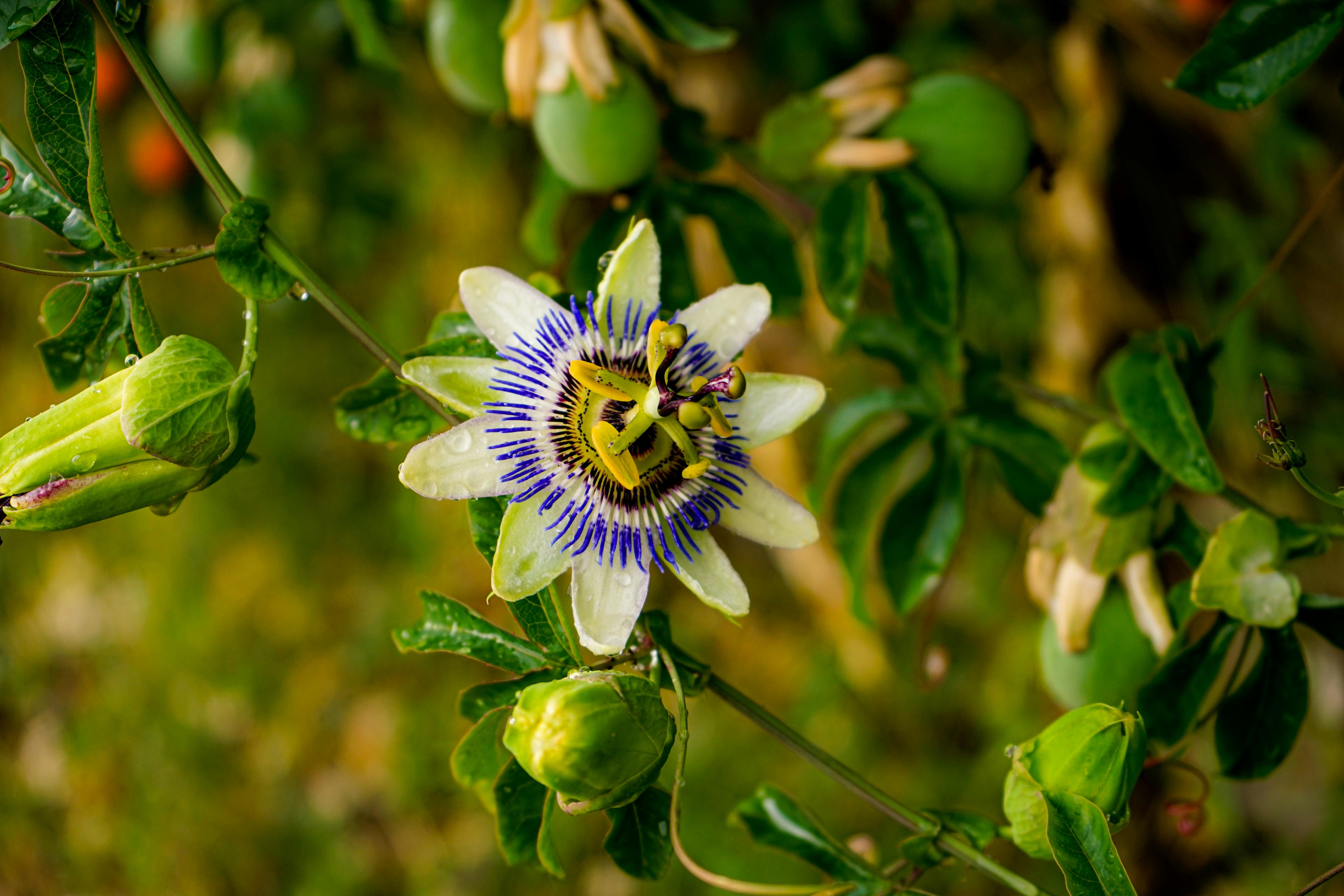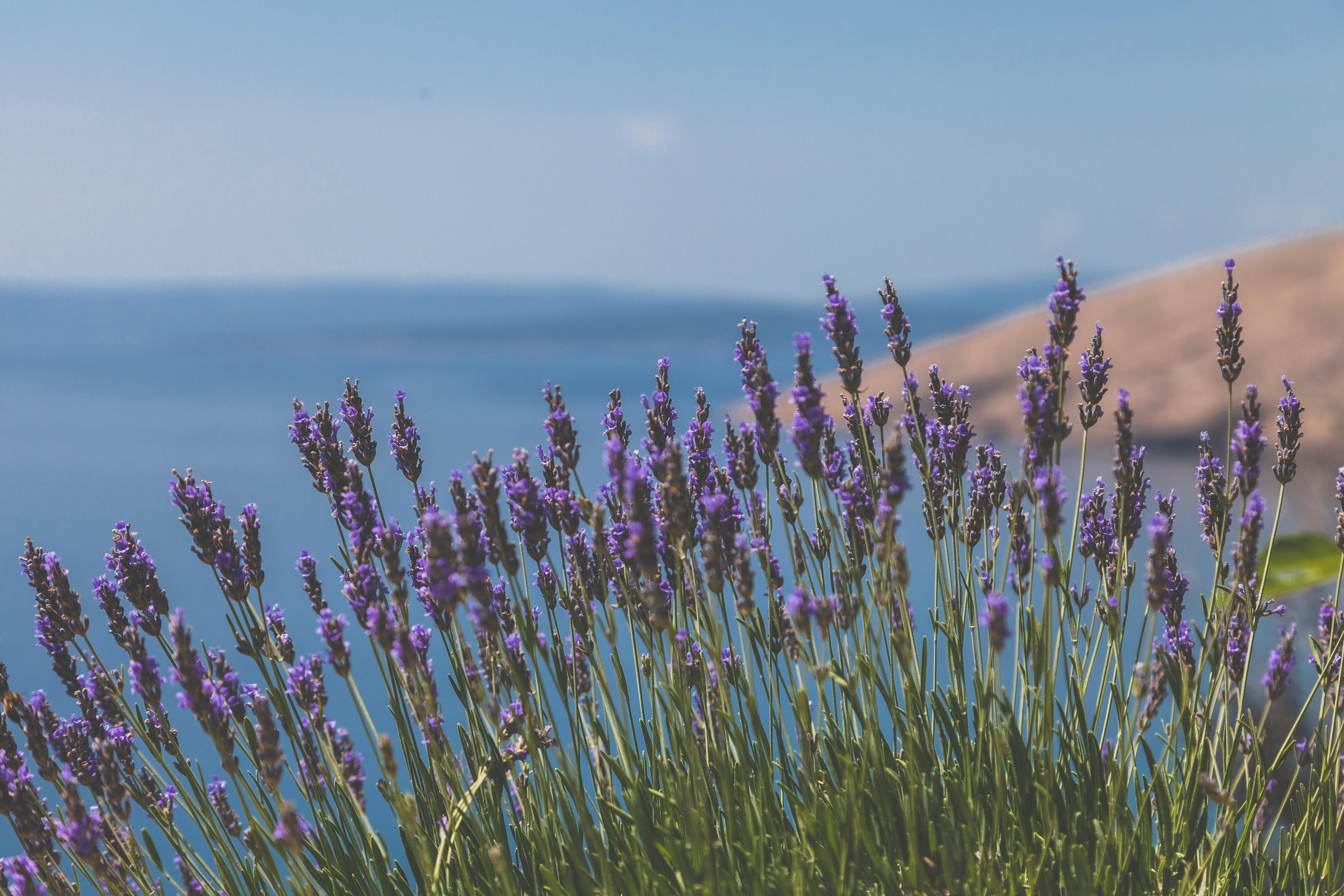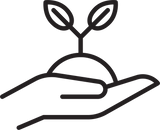Chamomile is an old world remedy that remains one of the most beloved and widely used herbs today. Even those with little knowledge of herbs can recognize chamomile for its calming properties. This is likely because chamomile excels at what it does. It’s rare to find someone who doesn’t appreciate the soothing comfort of chamomile. Even better, it’s an herb gentle enough for babies and children. Its versatile actions make it a staple in any well-stocked medicine cabinet, and if I could only have five herbs for the rest of my life, chamomile would undoubtedly be one of them.
Of the 25 species of chamomile, only two are commonly used in herbal medicine: German chamomile (Matricaria chamomilla) and Roman chamomile (Chamaemelum nobile), with German chamomile being the most popular. German chamomile is native to Europe and Asia, while Roman chamomile originates from Western Europe and North Africa. Both species are cultivated for commercial use in various regions, including the U.S. Chamomile can also be found growing wild as a naturalized weed, with Matricaria discoidea (often called wild chamomile or pineapple weed) being the most common in the wild. Chamomile belongs to the Asteraceae family, so if you have allergies to plants in this large family, take caution when working with it. The plant is easily recognizable by its sweet, apple-like aroma—fitting since "chamomile" translates to "earth apple." It features daisy-like flowers with feathery leaves and a yellow, cone-like center. The flowers and leaves, which are used medicinally, are best harvested when in bloom, typically in late summer or early fall.

Medicinal Uses
At Avery Apothecary, chamomile is a fan favorite, making an appearance in many of our products—from our deep sleep tincture to our peace and calm tea—because it’s such a versatile herb! Energetically, chamomile is aromatic, sweet, slightly bitter, drying, and cooling, qualities that contribute to its many medicinal virtues. Chamomile may be gentle, but it is by no means lacking in power. As a long-steeped tea or tincture, chamomile is excellent for minor digestive complaints, such as bloating, flatulence, and upset stomach, due to its bitter and carminative properties. It can also help with more serious issues like IBS and gastric ulcers, especially when these ailments are caused by nervousness and tension. This could manifest as a loss of appetite, diarrhea, or other digestive disturbances.
Chamomile's anti-inflammatory properties are thanks to its two key constituents, azulene and chamazulene, which also give its volatile oils a blue color when distilled. These compounds are responsible for much of chamomile's medicinal action. Its antispasmodic effects make it a great remedy for menstrual cramps and colic. Overall, chamomile is considered the ultimate remedy for children and babies. Beyond colic, it aids in teething, nightmares, earaches, whining, and general pain. Frozen chamomile tea ice cubes work wonderfully for teething, and chamomile can also be made into a homemade baby powder or diaper balm to treat and prevent rashes. For older children, chamomile tea with honey works wonders. And don’t forget, pets benefit from chamomile too! Adding some tea to their water can help soothe them.
As a nervine sedative, chamomile gently calms the nervous system and relieves stress without inducing sleep. However, it is also a wonderful sleep aid, helping to release tension and calm the body before bed for a restful night of sleep. It’s often said that the type of person who needs chamomile may be an adult acting like a child—complaining, irritable, indecisive, inconsolable, and argumentative. We’ve all seen it! This behavior pattern often reflects excess heat in the body. In Traditional Chinese Medicine (TCM), chamomile is indicated for what is called restricted liver chi (Qi stagnation), which can manifest as facial redness, mental tension, irritability, and headaches. This condition is often caused by heat and poor bile secretion, both of which chamomile can help address. A few drops of celandine can be helpful here as well, but it's not nearly as gentle as the humble chamomile. When there is perspiration with a fever with a red face and skin that is another indicator for chamomile! It can be used as a part of a formula for inflamed mucous membranes and head colds.
Topically, chamomile is cooling and antimicrobial, making it excellent for wound care. It can be used as a mouthwash, a compress for eye inflammation or infections like conjunctivitis, or as a treatment for sunburn. Chamomile tea can also be added to bath water to ease skin irritation and promote relaxation, and it serves as an effective ingredient in wound salves.
I don't know about you but all this chamomile talk has me wanting some tea! You can get several teas featuring chamomile in our shop- Peace & Calm, Goddess Tea Blend, Digestive Tea Blend, and Deep Sleep Tea Blend. Cheers to the humble but mighty chamomile!
Contraindications: This may irritate people with severe ragweed or Asteraceae plant allergies.













Leave a comment